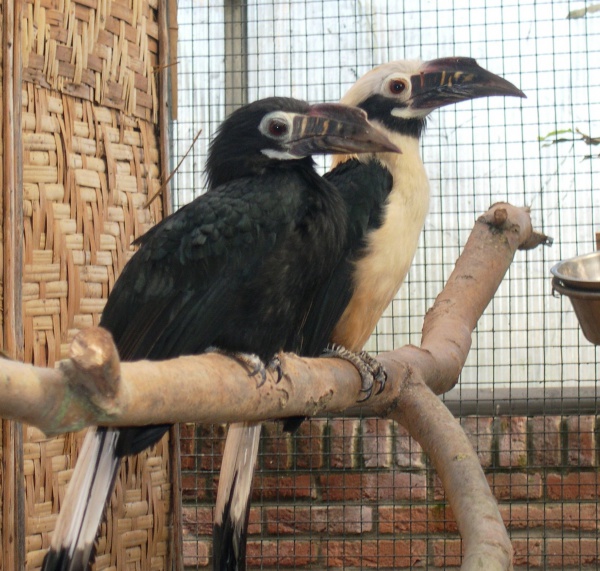Facts About Visayan hornbill
The Visayan hornbill is a captivating bird native to the rainforests of several islands in the Philippines. Initially classified with other Philippine tarictic hornbills, it was later recognized as a distinct species. Its taxonomy was first described in 1780 by Georges-Louis Leclerc, Comte de Buffon. Belonging to the genus Penelopides, there are two recognized subspecies of the Visayan hornbill.
These hornbills exhibit noticeable sexual dimorphism, meaning males and females display distinct plumage patterns. Their diet primarily consists of fruits, but they also consume insects, beetles, ants, and earthworms. They are social birds, living in groups and known for their vocal calls that sound like "ta-rik-tik."
Unfortunately, the Visayan hornbill is critically endangered, with an estimated 1,800 individuals remaining in the wild. The primary threats to their survival include hunting and habitat loss due to deforestation. One subspecies, P. p. ticaensis, is believed to be extinct, highlighting the urgent need for conservation efforts.
To aid in their preservation, various breeding programs have been established in captivity. Institutions such as Chester Zoo in England and Avifauna in the Netherlands are working with pairs of Visayan hornbills. The Los Angeles Zoo is also involved in these breeding efforts, though there are concerns about the genetic purity of some individuals. Conservation initiatives are crucial to ensure that the Visayan hornbill does not become the first hornbill species to go extinct in recorded history.
